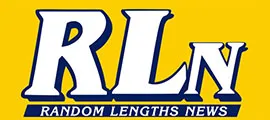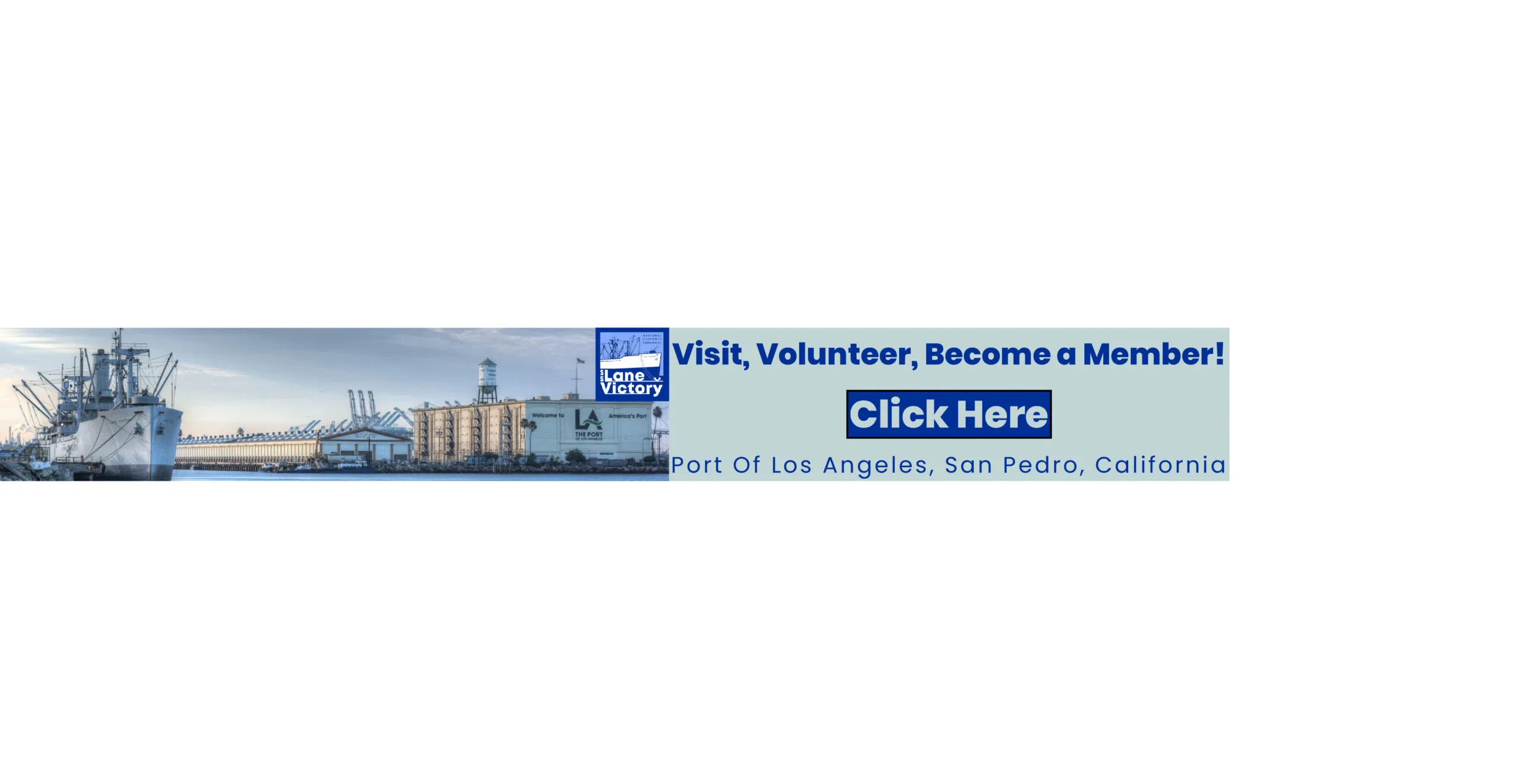Peter Carr: Artist for Survival
By Andrew Tonkovich
It is challenging enough to promote the work of an unknown artist, much less a long-dead one. Lately, my insistence on the relevance of So Cal painter, writer and activist Harry Lawson “Peter” Carr (1925-1981) feels like hoaxing, ancestor worship, or historical revisionism. I’m a talky old dude explaining the forgotten context of a life of creativity, struggle, and political engagement as curator of “Peter Carr: Artist for Survival” at the Cerritos College Art Gallery now through Dec. 13. Sure, Carr’s portrayals of everyday life and struggle in the Los Angeles Harbor and Long Beach regions are easy to apprehend, as in this honest if bleak take on industrialized Wilmington (1978), which might still ring true today.
Yet forgotten cultural history and once-ubiquitous political vocabulary referenced in a lot of the work requires the bespoke glossary I’ve composed for the show, definitions of then-popular expressions, jokes, turns-of-phrase, and political slogans which today
seem like a foreign language. Forgotten or purposefully erased, these inform Carr’s art and are often embedded in tableaus of people in collective struggle: anti-Viet Nam War protests, McGovern campaign, peace and anti-intervention organizing, and environmentalism. Basic vocabulary words of Left civic literacy correspond to defining touchpoints: “anti-nuke,” Alliance for Survival, Hiroshima Day, Trident, MX, Euromissiles, neutron bomb, Ronnie Raygun, Seal Beach Nuclear Weapons Station, Somoza Asasino!
Carr, my Comparative Literature professor at California State University Long Beach forty years ago, worked with the grassroots anti-nuclear Southern California Alliance for Survival, whose ambitious 1970s four-point program resonates now. Many activists committed it to memory. Imagine, or remember: Zero Nuclear Weapons. Ban Nuclear Power. Stop the Arms Race. Meet Human Needs.
Carr put his art in the service of citizen-run peace, justice, disarmament, and anti-war outfits for decades. The language of these movements appeared in thousands of paintings, posters and flyers, and in seven self-published books. A regional “outsider artist,” he chronicled political life in Southern California, embracing the idiom of people’s campaigns. Like the well-known Sister Corita Kent, who politicized pop art, or designer Arnold Skolnick, creator of the iconic Woodstock poster, Carr used not only visual language but communicated in the argot of the period. Even younger viewers will apprehend in this self-commissioned McGovern for President poster the reference to Phan Thị Kim Phúc, the napalmed Vietnamese girl in the famous June 1972 photograph “The Terror of War.”
Carr was a local. He rode the bus on PCH from his home in South Laguna to Cal State Long Beach, drawing and writing in his notebook. He painted the downtown bus station, showing work at the Alpert Jewish Community Center in Long Beach in an exhibit titled “Fast Food, Rapid Transit,” and assembled poems about human self-transport ritual punily titled Bus Rites. From his seat on the bus he saw the politics of wealth, poverty, and redevelopment even then, goofing on a famous painting parodying Jesus’ triumphal entry into Jerusalem.
The mass assassin Anastasio Somoza was, of course, the corrupt US puppet president of Nicaragua. August 6, 1945, was once regularly marked in vigils and protests as the anniversary of the US bombing of Hiroshima, which killed mostly civilians. President Ronald W. Reagan escalated the Cold War, promoting absurdly dangerous and expensive boondoggle weapons systems (MX, Trident, neutron bomb), coercing European allies, while administering the largest transfer of public wealth to private hands in world history.
Survival Sunday, on the other hand, was a glorious annual summer concert fundraiser attended by thousands at the Hollywood Bowl, a people’s celebration of peace and solidarity with musicians, scientists, actors, and anti-nuclear activists. That’s some of my old-guy explainer, a plunge into the water in which Peter Carr and so many of us once swam, and vigorously. San Onofre Nuclear Generating Station (“SONGS,” perversely) was finally shut down. It was for decades the target of petitions, investigations, protests, peaceful civil disobedience, and citizen legal actions about which Peter Carr painted and wrote. He stood outside its gates with thousands of us,
holding our signs and pointing out the connection between the nuclear power industry and the planet-threatening nuclear arms race. The vision he captured, the images he composed, and the captions, titles, dialog, and vernacular of a people’s movement document, celebrate, corroborate and define an era. They also inspire and instruct, especially as we struggle against the newest iteration of Reaganism.
Oh, and though they were finally and publicly removed, the US military would, finally, never “officially confirm or deny” the obvious presence of nuclear weapons in Seal Beach stored for decades in bunkers right there next to the San Diego Freeway where Peter Carr and anybody could see them.
Peter Carr: Artist for Survival
Cerritos College Art Gallery
11110 Alondra Blvd. Norwalk, California 90650
Open Mon-Tues 11-7 Wed-Fri 11-4 Free. Parking $3 in Lot 10.
The exhibit ends Dec. 20.
Andrew Tonkovich is a Lecturer (retired), UC Irvine Department of English,
Member UCI/UC-AFT Local 1474, Editor, Santa Monica Review
Founding Editor, Citric Acid: An Online Orange County Literary Arts Quarterly
Host, Bibliocracy Radio on KPFK 90.7 FM



